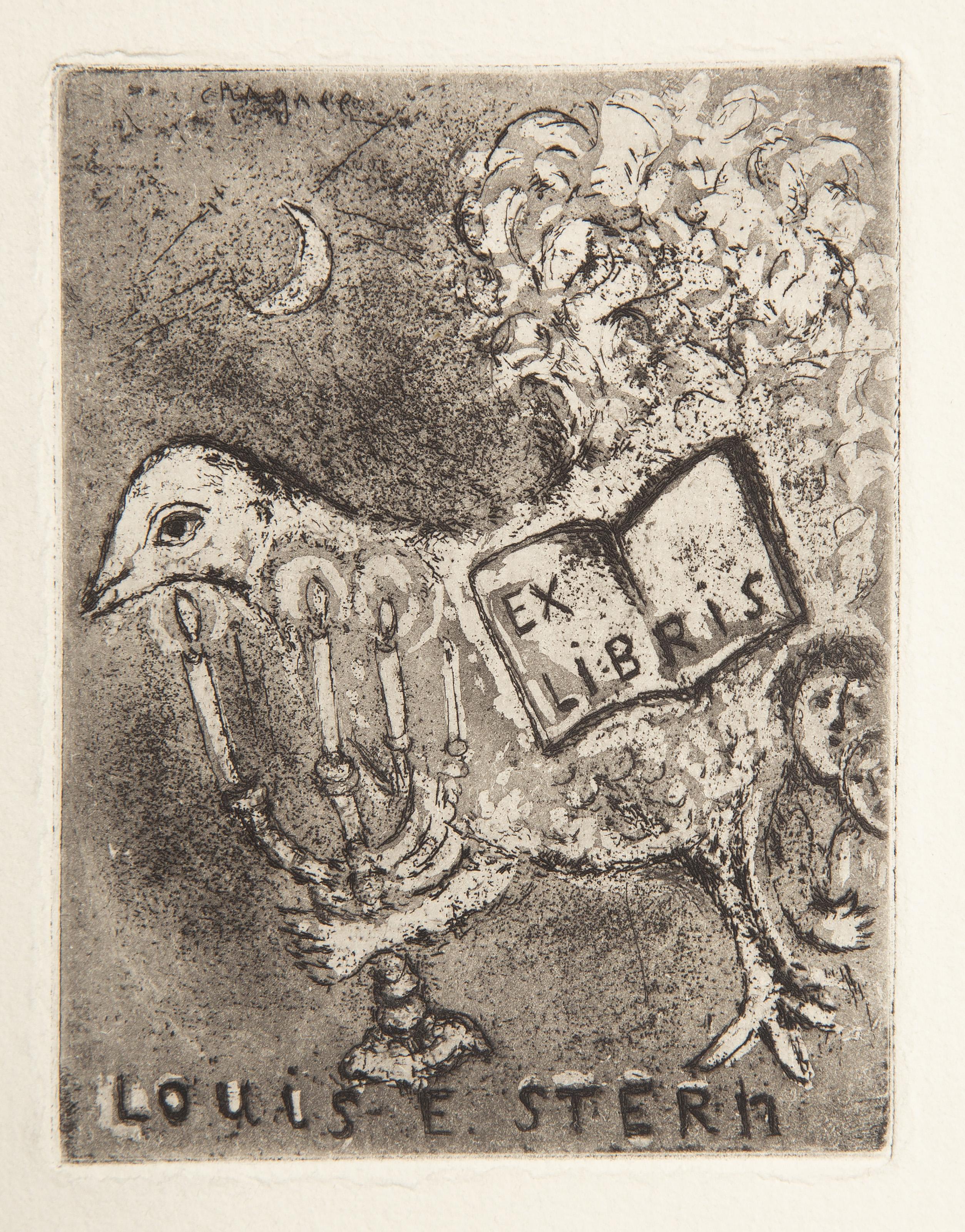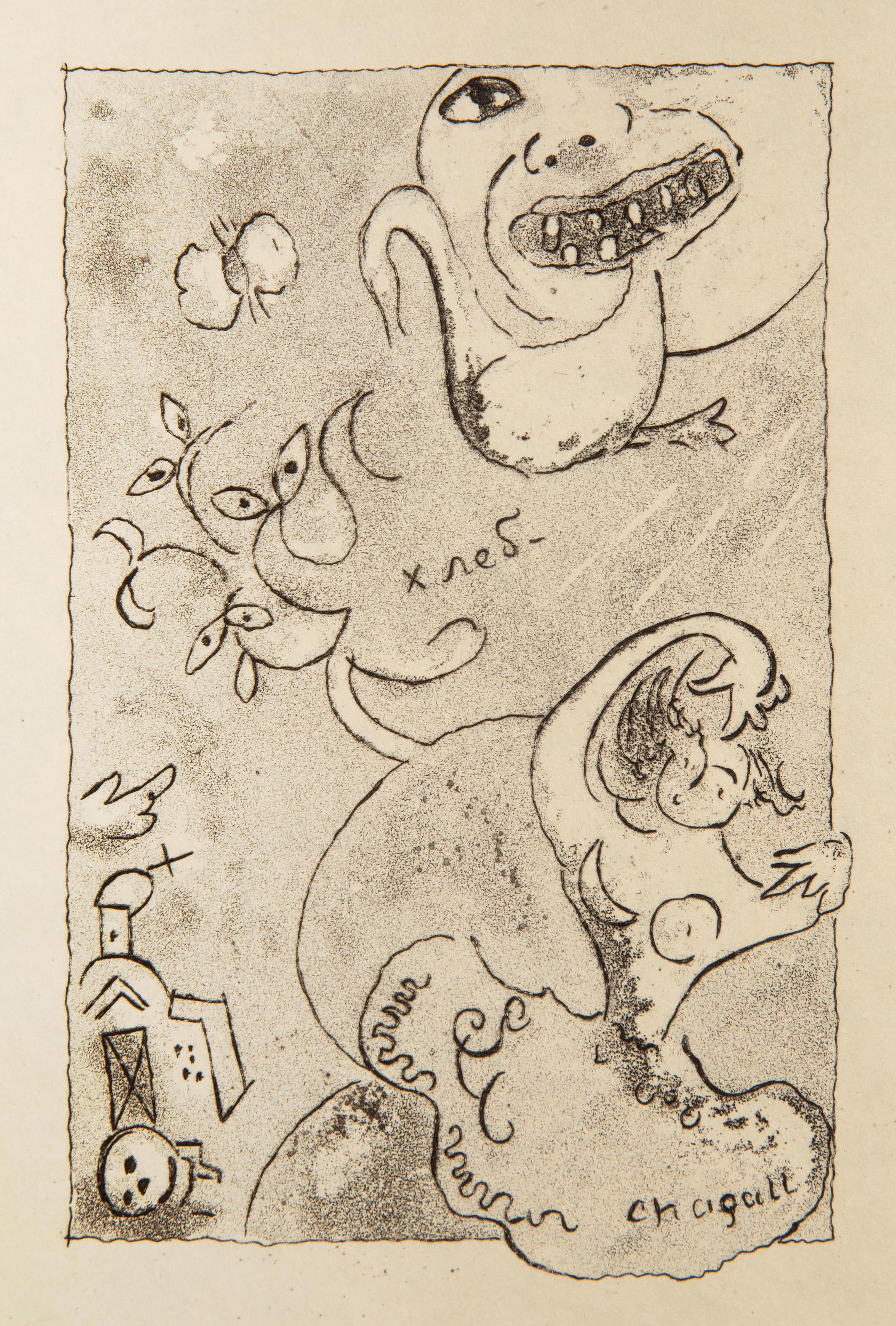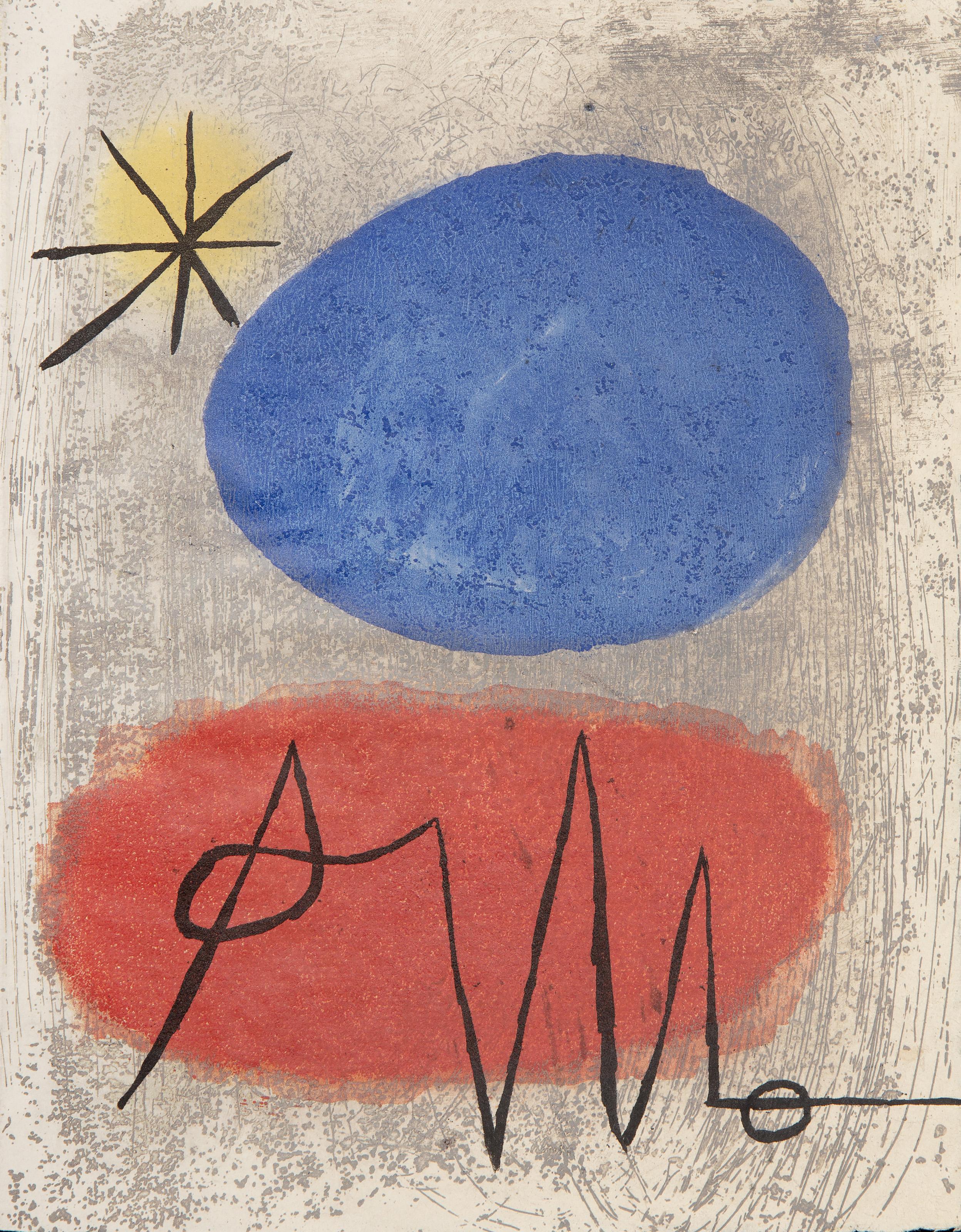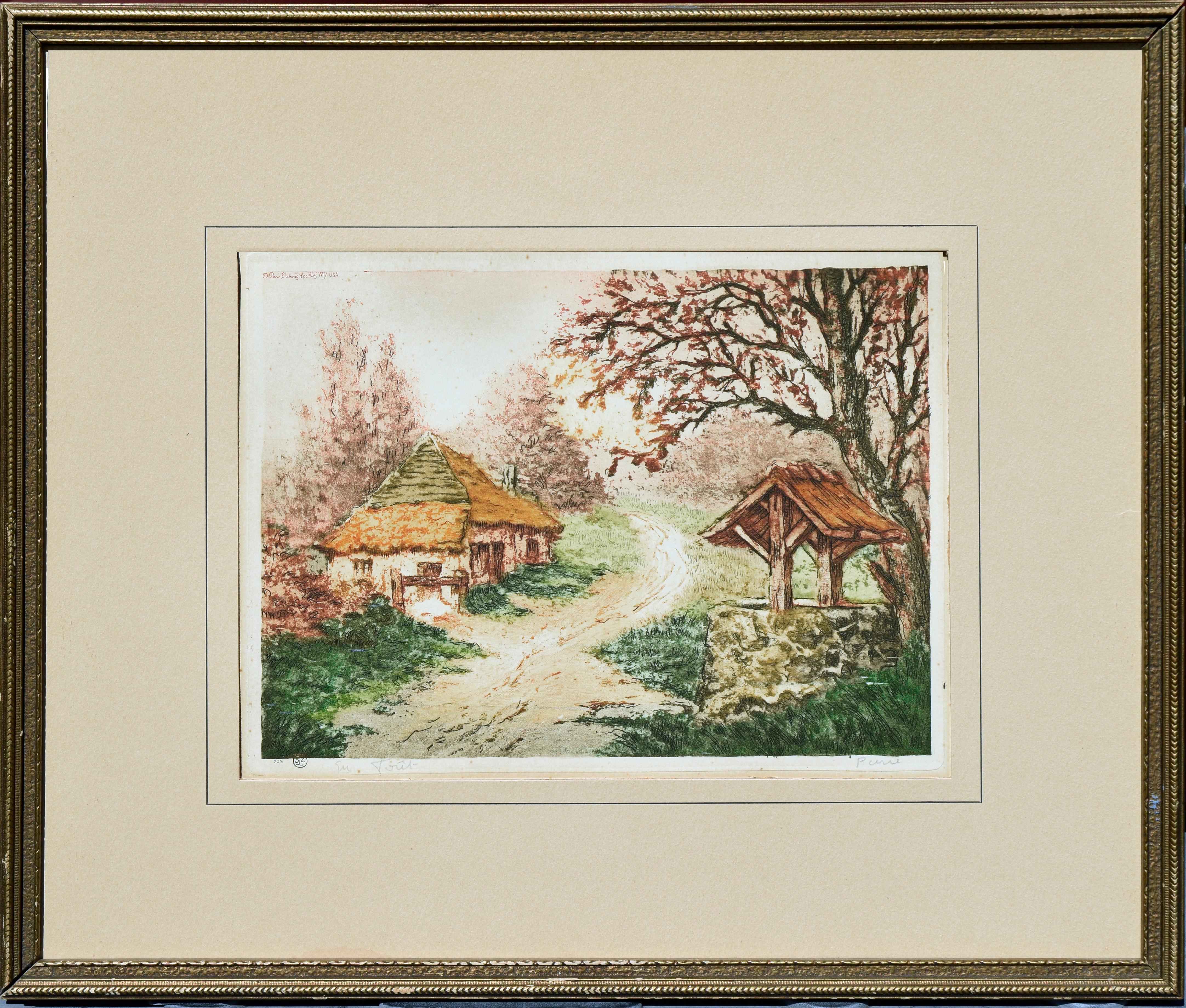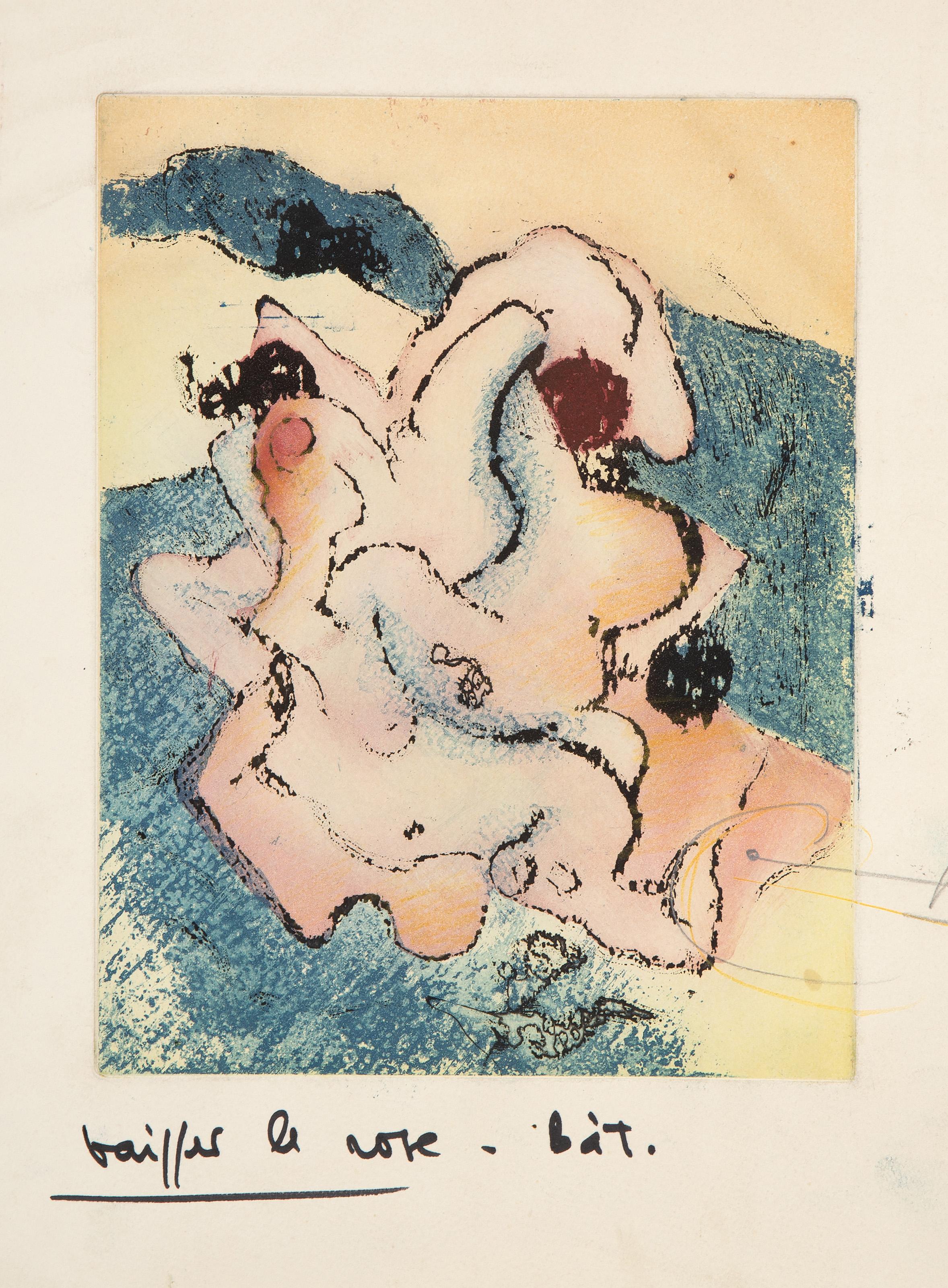Items Similar to MA Masters of Arts and Trinity College, Cambridge member engraving by John Agar
Want more images or videos?
Request additional images or videos from the seller
1 of 4
Rudolph AckermannMA Masters of Arts and Trinity College, Cambridge member engraving by John Agar1815
1815
About the Item
To see our other Oxford and Cambridge pictures, including an extensive collection of works by Ackermann, scroll down to "More from this Seller" and below it click on "See all from this Seller" - or send us a message if you cannot find the view you want.
John Samuel Agar (1773 - 1858) after John Uwins (1782 - 1857)
Pensioner of Trinity College, Cambridge, Masters of Arts, and Sizer (1815)
Hand-coloured aquatint
25 x 30 cm
Published by Rudolph Ackermann (1764 - 1834).
An engraving of a pensioner of Trinity College, Masters of Arts, and a sizer (that is, an undergraduate who received some form of assistance such as meals, lower fees or lodging during his period of study, in some cases in return for doing a defined job) from Ackermann's 'A History of the University of Cambridge, Its Colleges, Halls and Public Buildings'. The four figures walk forward with ceremonial accoutrements, possibly to a graduation ceremony.
At Cambridge, a sizar was originally an undergraduate student who financed his studies by undertaking more or less menial tasks within his college but, as time went on, was increasingly likely to receive small grants from the college. Certain colleges, including St John's and Trinity, distinguished between two categories of sizar: there were specific endowments for specific numbers of sizars who were called "proper sizars"; those who were not so endowed, but who were maintained by fellow-commoners and fellows were called subsizars. Isaac Newton matriculated as subsizar at Trinity College. Richard S. Westfall noted that sizars were considerably more successful in gaining degrees than the gentlemen who entered Cambridge in the seventeenth century. Pensioners, on the other hand, paid a fixed annual fee in order to study.
Thomas Uwins RA RWS was a British painter in watercolour and oil, and a book illustrator. He became a full member of the Old Watercolour Society and a Royal Academician, and held a number of high-profile art appointments including the librarian of the Royal Academy, Surveyor of Pictures to Queen Victoria and the Keeper of the National Gallery. In the late 1790s he began producing work for Ackermann's collections.
John Samuel Agar was an English portrait painter and engraver, who exhibited his works at the Royal Academy from 1796 to 1806 and at the British Institution until 1811. He was at one time president of the Society of Engravers. Rudolph Ackermann published many of his engravings.
Ackermann was an Anglo-German bookseller, inventor, lithographer, publisher and businessman. He attended the Latin school in Stollberg, but his wish to study at the university was made impossible by lack of financial means, and he therefore became a saddler like his father.
He worked as a saddler and coach-builder in different German cities, moved from Dresden to Basel and Paris, and then, 23 years old, settled in London. He established himself in Long Acre, the centre of coach-making in London and close to the market at Covent Garden.
Ackermann then moved to Little Russell Street where he published Imitations of Drawings of Fashionable Carriages (1791) to promote his coach-making. Other publications followed. In 1795 he established a print-shop and drawing-school at 96 Strand. Here Ackermann set up a lithographic press and began a trade in prints. He later began to manufacture colours and thick carton paper for landscape and miniature painters. Within three years the premises had become too small and he moved to 101 Strand, in his own words "four doors nearer to Somerset House", the seat of the Royal Academy of Arts.
Between 1797 and 1800 Ackermann rapidly developed his print and book publishing business, encompassing many different genres including topography, caricature, portraits, transparencies and decorative prints.
During the Napoleonic wars, Ackermann was an energetic supporter of the Allied cause and made significant contributions to British propaganda through his publication of anti-Napoleonic prints and military manuals. He became a naturalised British citizen in March 1809.
As one of the pioneers of modern publishing methods, Ackermann developed an international distribution network for his publications and came to have significant commercial interests in South America. The business he founded in London flourished throughout the 19th century under the management of his descendants. He was buried at St. Clement Danes in the Strand, London.
In 2020, the St. Louis Mercantile Library wrote that:
"Ackermann excelled in the creation of landscape and architectural engravings. He created beautiful illustrations of the city of London, his adopted home, as well as two volumes of classic views of Westminster Abbey, along with exquisite views of river scenes. One of our favorite collections are four massive volumes of lovingly illustrated exterior and interior landmarks of Oxford and Cambridge Universities created just over two hundred years ago. These publications show Ackermann’s hand at every turn of the page along with the team of assistant designers and engravers he employed to create these works. Perhaps they were a way by which the artist could lay to rest his own regret at not being able to attend [an Oxbridge] college himself in a fondly depicted idyll to learning which these prints so aptly represent."
- Creator:Rudolph Ackermann (1764 - 1834)
- Creation Year:1815
- Dimensions:Height: 9.85 in (25 cm)Width: 11.82 in (30 cm)
- Medium:
- Period:
- Framing:Framing Options Available
- Condition:Good. Some gentle age toning.
- Gallery Location:London, GB
- Reference Number:1stDibs: LU795311496292
About the Seller
4.8
Platinum Seller
These expertly vetted sellers are 1stDibs' most experienced sellers and are rated highest by our customers.
Established in 2014
1stDibs seller since 2017
289 sales on 1stDibs
Typical response time: <1 hour
- ShippingRetrieving quote...Ships From: London, United Kingdom
- Return PolicyA return for this item may be initiated within 14 days of delivery.
More From This SellerView All
- 1804 St George's Chapel Windsor Castle printBy Frederick NashLocated in London, GBFrom a series of large and impressive prints of St George's Chapel, the location for the Royal Wedding of Prince Harry and Meghan Markle; to see some ...Category
Early 1800s Realist Landscape Prints
MaterialsEtching, Aquatint
- Students of Emmanuel and Trinity Colleges, Cambridge 1815 engraving by John AgarLocated in London, GBTo see our other Oxford and Cambridge pictures, including an extensive collection of works by Ackermann, scroll down to "More from this Seller" and below it click on "See all from this Seller" - or send us a message if you cannot find the view you want. John Samuel Agar (1773 - 1858) after John Uwins (1782 - 1857) Fellow Commoner of Emanuel College; a Nobleman; Fellow Commoner of Trinity College (1815) Hand-coloured aquatint 25 x 29.5 cm Published by Rudolph Ackermann...Category
1810s Realist Prints and Multiples
MaterialsAquatint
- Westminster Abbey St Erasmus' Chapel 1812 print by J Black for AckermannLocated in London, GBTo see our other Oxford and Cambridge pictures, including an extensive collection of works by Ackermann, scroll down to "More from this Seller" and below it click on "See all from this Seller" - or send us a message if you cannot find the view you want. J Black after Frederick Mackenzie (1788 - 1854) East Side of St Erasmus' Chapel, Westminster Abbey (1812) Hand-coloured aquatint 28 x 19 cm Published by Rudolph Ackermann...Category
1810s Realist Prints and Multiples
MaterialsAquatint
- Westminster Abbey South Aisle engraving by J Black for AckermannLocated in London, GBTo see our other Oxford and Cambridge pictures, including an extensive collection of works by Ackermann, scroll down to "More from this Seller" and below it click on "See all from this Seller" - or send us a message if you cannot find the view you want. J Black (early 19th century) after Frederick Mackenzie (1788 - 1854) East End of South Aisle, Westminster Abbey (1812) Hand-coloured aquatint 31 x 24 cm Published by Rudolph Ackermann...Category
1810s Realist Prints and Multiples
MaterialsAquatint
- Doctors of Divinity, University of Cambridge 19th century engraving by John AgarLocated in London, GBTo see our other Oxford and Cambridge pictures, including an extensive collection of works by Ackermann, scroll down to "More from this Seller" and below it click on "See all from this Seller" - or send us a message if you cannot find the view you want. John Samuel Agar (1773 - 1858) after John Uwins (1782 - 1857) Doctors in Divinity, Esquire Beadle, and Yeoman Beadle (1815) Hand-coloured aquatint 25 x 30 cm Published by Rudolph Ackermann (1764 - 1834). An engraving of two Doctors in Divinity and two beadles (administrative assistants to the Chancellor and Proctors of the University) from Ackermann's 'A History of the University of Cambridge, Its Colleges, Halls and Public Buildings'. The four figures walk forward with ceremonial accoutrements, likely to a graduation ceremony. Thomas Uwins RA RWS was a British painter in watercolour and oil, and a book illustrator. He became a full member of the Old Watercolour Society and a Royal Academician, and held a number of high-profile art appointments including the librarian of the Royal Academy, Surveyor of Pictures to Queen Victoria and the Keeper of the National Gallery. In the late 1790s he began producing work for Ackermann's collections. John Samuel Agar was an English portrait painter and engraver, who exhibited his works at the Royal Academy from 1796 to 1806 and at the British Institution until 1811. He was at one time president of the Society of Engravers. Rudolph Ackermann published many of his engravings. Ackermann was an Anglo-German bookseller, inventor, lithographer, publisher and businessman. He attended the Latin school in Stollberg, but his wish to study at the university was made impossible by lack of financial means, and he therefore became a saddler like his father. He worked as a saddler and coach-builder in different German cities, moved from Dresden to Basel and Paris, and then, 23 years old, settled in London. He established himself in Long Acre, the centre of coach-making in London and close to the market at Covent Garden. Ackermann then moved to Little Russell Street where he published Imitations of Drawings of Fashionable Carriages (1791) to promote his coach-making. Other publications followed. In 1795 he established a print-shop and drawing-school at 96 Strand. Here Ackermann set up a lithographic press and began a trade in prints. He later began to manufacture colours and thick carton paper for landscape and miniature painters. Within three years the premises had become too small and he moved to 101 Strand, in his own words "four doors nearer to Somerset House", the seat of the Royal Academy of Arts. Between 1797 and 1800 Ackermann rapidly developed his print and book publishing business, encompassing many different genres including topography, caricature, portraits, transparencies and decorative prints. During the Napoleonic wars, Ackermann was an energetic supporter of the Allied cause and made significant contributions to British propaganda through his publication of anti-Napoleonic prints...Category
1810s Prints and Multiples
MaterialsAquatint
- Chapel of All Souls College, Oxford engraving by Joseph Stadler for AckermannLocated in London, GBTo see our other Oxford and Cambridge pictures, including an extensive collection of works by Ackermann, scroll down to "More from this Seller" and below it click on "See all from this Seller" - or send us a message if you cannot find the view you want. Joseph Constantine Stadler (1755 - 1828) after Frederick Mackenzie (1788 - 1854) The Chapel of All Souls College, Oxford (1814) Hand-coloured aquatint 29.5 x 21 cm Published by Rudolph Ackermann (1764 - 1834). An engraving of All Souls' chapel. All Souls College was founded in 1437 by Henry Chichele, Archbishop of Canterbury, to serve as a memorial to Henry V and the English dead in the Hundred Years War. The Front Quad appears virtually unchanged since it was first built in the years 1438-1343, thanks to a sympathetic Victorian restoration. The chapel was modelled after that of New College, where Chichele was a Member. It has a superb hammer-beam roof, excellent medieval stained glass, and a large number of original stalls. All services in the chapel are according to the Book of Common Prayer; the King James Bible...Category
1810s Realist Prints and Multiples
MaterialsAquatint
You May Also Like
- Die Begierde II, Etching and Aquatint by Marc ChagallBy Marc ChagallLocated in Long Island City, NYMarc Chagall, Russian (1887 - 1985) - Die Begierde II, Year: 1925, Medium: Etching and Aquatint on wove paper, Edition: 300, Image Size: 4 x 3 inches, Size: 13 x 9.5 in. (33.02 x 24...Category
1920s Modern Prints and Multiples
MaterialsEtching, Aquatint
- Poesie De Mots Inconnus (Ex-Libris), Etching with Aquatint by Marc ChagallBy Marc ChagallLocated in Long Island City, NYMarc Chagall, Russian (1887 - 1985) - Poesie De Mots Inconnus (Ex-Libris), Year: 1949, Medium: Etching with Aquatint, Edition: 158, Image Size: 5 x 3.25 inches, Size: 13 x 10 in. (3...Category
1940s Modern Prints and Multiples
MaterialsEtching, Aquatint
- Tribute to Cezanne : Estaque Bridge - Original etching, SIGNED (Orozco #776)By George BraqueLocated in Paris, FRGeorges Braque Tribute to Cezanne : Estaque Bridge Original etching with aquatint (Crommelynck workshop) Signed in pencil Numbered /150 On BFK Rives vellum 56 x 73 cm (c. 22 x 29 ...Category
1950s Modern Landscape Prints
MaterialsAquatint, Etching
- Bagatelles Vegetales (D 111), Etching with Aquatint by Joan MiroBy Joan MiróLocated in Long Island City, NYJoan Miro, Spanish (1893 - 1983) - Bagatelles Vegetales (D 111), Year: 1956, Medium: Etching with Aquatint On Richard de Bas, Edition: 300, Size: 9.5 x 7.25 in. (24.13 x 18.42 cm), ...Category
1950s Modern Prints and Multiples
MaterialsAquatint, Etching
- "In the Forest" Aquatint - Mid Century Engraving LandscapeLocated in Soquel, CACharming vintage Aquatint/etching titled "In the Forest" from the Paris Etching Society by French artist Pierre Maulin (France, late 19th-early 20th Cent...Category
1930s Impressionist Landscape Prints
MaterialsEngraving, Aquatint, Paper, Ink
- En Chair Et En Or, Etching with Aquatint by Dorothea TanningBy Dorothea TanningLocated in Long Island City, NYDorothea Tanning, American (1910 - 2012) - En Chair Et En Or, Year: 1973, Medium: Etching with Aquatint, Edition: BAT, Image Size: 11 x 8.5 inches, Size: 18.75 x 12.75 in. (47.63 x ...Category
20th Century Modern Prints and Multiples
MaterialsEtching, Aquatint
Recently Viewed
View AllMore Ways To Browse
Antique Engravings Libraries
19th Architecture Engraving
Classic Engraving
American History Engravings
Antique Print Set London
St Louis City Prints
Set Of Four Engravings
Aquatints Germany
Book Of Job
British Garden Prints
Set Of Aquatint
Carriage Prints
Antique Print British Set
Set Of Architectural Engravings
Trinity Set
German Anti War Art
Set Of English Engravings
British Military Prints
